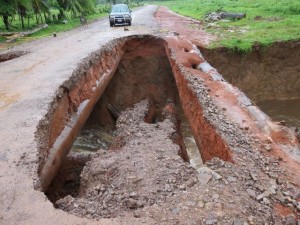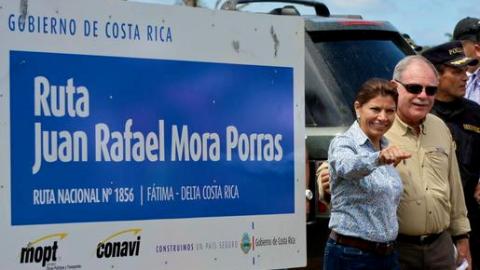I heard a version of this story the other day, which is too good not to share. Three engineers were asked if they could provide an estimate for constructing a new road in Costa Rica. One was a Nicaraguan, another Swiss and the third was a Tico.
 The government official called up each of them in turn for their estimate.
The government official called up each of them in turn for their estimate.
The Nicaraguan said ‘This will cost two million dollars’.
The Swiss said ‘I can build it for six million dollars’.
The Government official then asked the Tico how much was his estimate.
‘Ten million dollars’ he replied.
‘Why it is so much more than the others?’
‘Well, first I have to pay the Nicaraguan to do the work. That will cost two million dollars. Then I have to pay the Government four million dollars to give me the contract and the rest is for me.’
But just how fair is this perception of corruption in Costa Rica?
According to Transparency International, the global coalition against corruption, Costa Rica ranks 48th out of 176 countries and scores 54 points in the Corruption Perceptions Index. This is how it works:
‘The Corruption Perceptions Index ranks countries and territories based on how corrupt their public sector is perceived to be. A country or territory’s score indicates the perceived level of public sector corruption on a scale of 0 – 100, where 0 means that a country is perceived as highly corrupt and 100 means it is perceived as very clean. A country’s rank indicates its position relative to the other countries and territories included in the index.’
Where do Switzerland and Nicaragua come? Not surprisingly, Switzerland scores a whopping 86 points coming 6th and Nicaragua 130th with a measly 29 points. Top spot is shared by super clean Denmark, New Zealand and Finland, probably three of the dullest countries to live in. Scraping along the bottom in joint last place lie Afghanistan, Somalia and North Korea.
So really, the joke is the wrong way round and the Nica should be the one in the punch line.
With apologies to all my Nicaraguan and Tico friends.
By Stewart Hird

